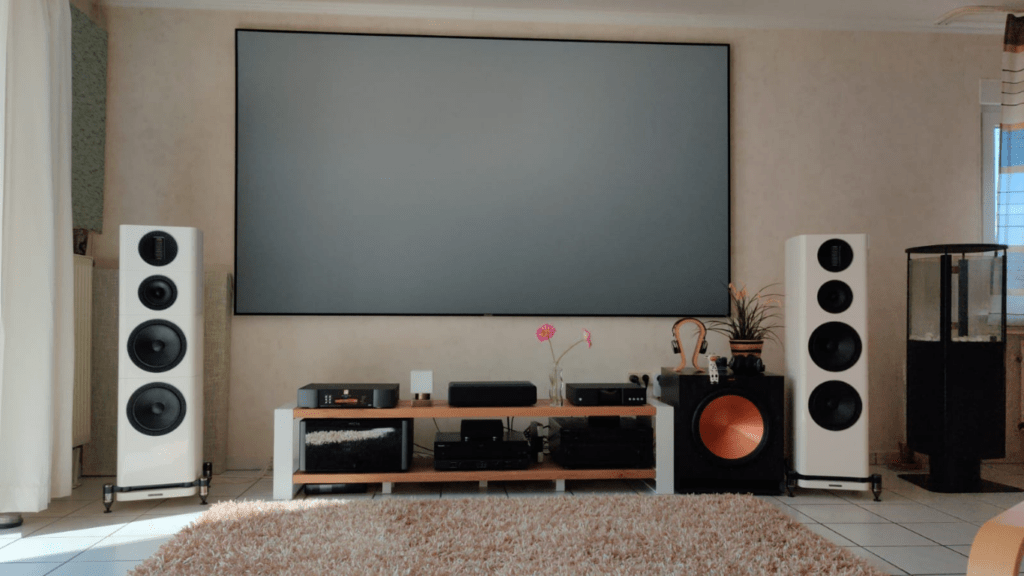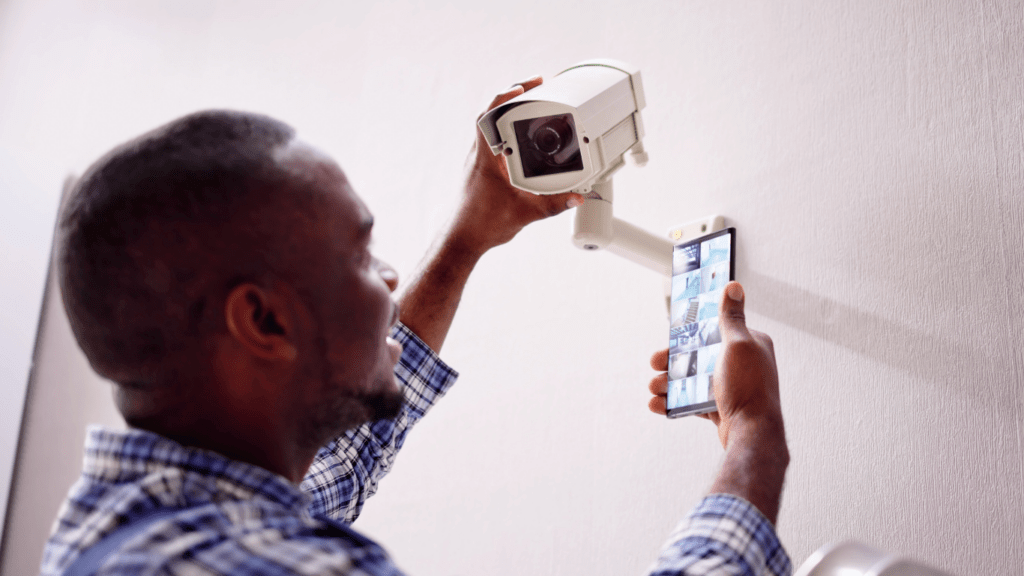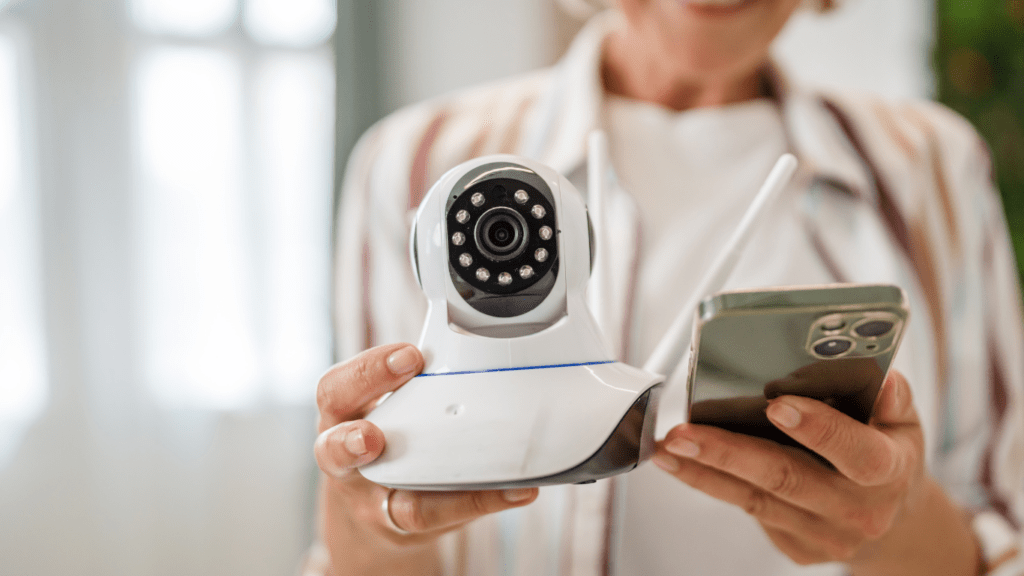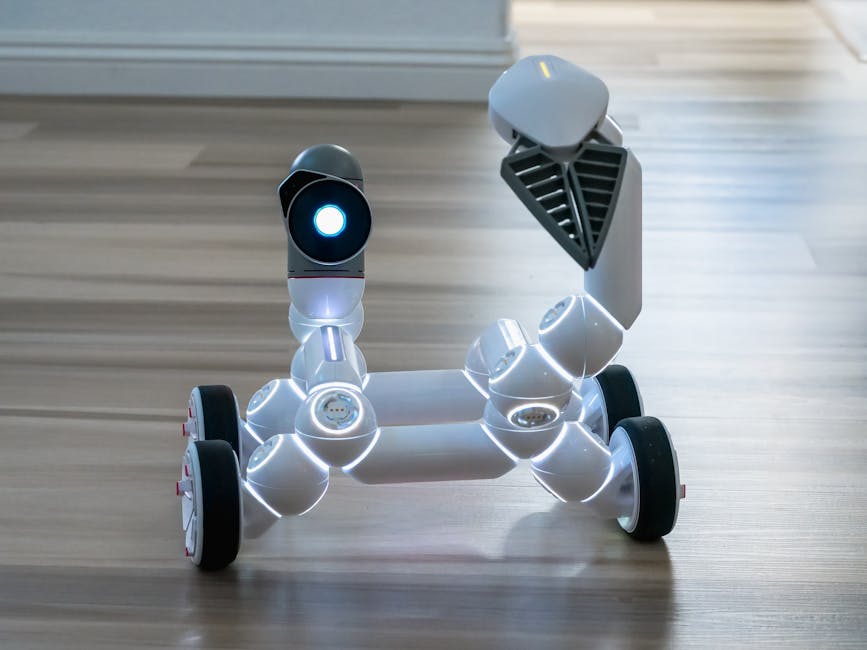The Rise Of Smart Home Technologies
Smart home technologies have transformed living spaces, bringing unprecedented efficiency, security, and comfort. Reports show that by 2024, the global smart home market will reach $135.3 billion, driven by advancements in connectivity, artificial intelligence, and IoT devices. These innovations have reshaped how we interact with our homes.
Voice assistants like Amazon Alexa, Google Assistant, and Apple Siri have become household staples. These AI-driven devices control lighting, thermostats, and even security systems with simple voice commands, making daily tasks seamless. In 2024, expect more integration and sophisticated functionalities.
Smart thermostats, such as Nest and Ecobee, provide optimized climate control, learning user preferences and adjusting temperatures automatically. These devices help reduce energy consumption, save money, and contribute to a greener environment.
Home security systems have advanced with features like facial recognition, motion detection, and real-time alerts. Brands like Ring, Arlo, and ADT offer comprehensive security solutions, giving homeowners peace of mind. Integration with other smart devices enhances the overall safety of homes.
Smart lighting solutions, including Philips Hue and LIFX, offer complete control over lighting ambiance. Users can adjust brightness, color, and schedules via smartphone apps, creating the perfect environment for any occasion.
Entertainment has also evolved with smart TVs and streaming devices. Products like:
- Samsung Smart TVs,
- Roku
- Amazon Fire Stick
seamlessly integrate with other smart home devices, providing a cohesive entertainment experience.
Smart home technologies have become essential in modern life, enhancing convenience and efficiency. As we move into 2024, the growth and integration of these technologies will continue to revolutionize how we live.
Essential Smart Home Devices

Smart home technologies are evolving rapidly, especially for 2024. Below, I detail the key devices transforming our living spaces.
Smart Speakers
Smart speakers, like Amazon Echo or Google Home, offer hands-free assistance. Voice commands control various smart devices, play music, provide weather updates, and answer queries. With AI integration, these devices learn user preferences, streamlining daily routines.
Smart Lighting
Smart lighting solutions, such as Philips Hue and LIFX, provide customizable lighting options. Users control brightness, color, and schedules via mobile apps or voice commands. These devices enhance ambiance, improve energy efficiency, and offer integration with other smart home systems.
Smart Thermostats
Smart thermostats like Nest and Ecobee analyze user behavior to optimize climate control. They adjust temperatures based on occupancy patterns, weather conditions, and user preferences. These devices significantly reduce energy consumption and provide remote control via smartphone apps.
Smart Security Systems
Smart security systems, including Ring and Arlo, offer advanced features. These systems include real-time alerts, facial recognition, and remote monitoring. Integration with other smart devices like lights and door locks enhances overall security and user control.
Smart Appliances
Smart appliances, such as Samsung’s Family Hub refrigerator and Bosch’s connected dishwasher, streamline household tasks. These devices feature remote operation, energy monitoring, and predictive maintenance alerts. Integration with voice assistants ensures seamless control and efficient operation.
Innovative Smart Home Technologies
In 2024, smart home technologies will take another leap forward. These innovations will make our homes more efficient, secure, and comfortable.
AI-Powered Assistants
AI-powered assistants like Amazon Alexa and Google Assistant are becoming more intuitive. They learn from our behaviors, preferences, and daily routines, allowing them to provide more personalized and accurate responses. With improved natural language processing, these assistants will handle complex commands, integrate with more devices, and offer proactive suggestions based on our habits. Examples include suggesting energy-saving tips or alerting us about upcoming appointments.
Home Automation Hubs
Home automation hubs centralize control of multiple smart devices. Brands like SmartThings and Hubitat Elevation provide seamless integration of lighting, security systems, and entertainment setups. These hubs will feature enhanced compatibility with various smart home protocols, ensuring smoother interactions between devices from different manufacturers. They will enable comprehensive automation scenarios, such as setting the home to “away” mode, which locks doors, turns off lights, and adjusts the thermostat with a single command.
Advanced Home Security Solutions
Home security is evolving with cutting-edge features. Modern systems offer facial recognition, motion detection, and real-time alerts. Products like Ring and Arlo provide remote monitoring, allowing us to check our homes from anywhere via smartphone apps. Integration with AI assistants ensures instant notifications for suspicious activities. Enhanced encryption and privacy measures are becoming standard, addressing growing concerns over data security. These improvements will make smart security solutions more reliable and user-friendly.
Benefits Of Smart Home Technologies
Integrating smart home technologies offers various advantages that enhance everyday life. The following sections detail how these technologies provide convenience, improve energy efficiency, and boost security.
Convenience
- Smart home devices simplify tasks, saving time and effort.
- Voice assistants (e.g., Amazon Alexa, Google Assistant) manage daily routines by setting reminders, playing music, and controlling other smart devices.
- Smart lighting systems allow for customizable scenes, enabling users to adjust lighting conditions based on specific activities like reading or watching movies.
- Additionally, smart appliances (e.g., ovens, washing machines) can be remotely operated, allowing users to start or monitor cycles via smartphone apps.
Energy Efficiency
Smart home technologies optimize energy usage, reducing electricity bills and environmental impact. Smart thermostats like Nest and Ecobee learn user behaviors and adjust temperatures to minimize energy waste, maintaining comfort. Smart lighting systems with sensors turn off lights when rooms are unoccupied, conserving energy. Energy monitoring devices track real-time consumption, helping users identify high-energy appliances and adopt more efficient habits.
Enhanced Security
Smart security systems provide increased safety and peace of mind. Advanced features like facial recognition and motion detection in smart cameras (e.g., Ring, Nest Cam) enable real-time alerts for suspicious activities. Smart locks offer keyless entry, allowing users to lock/unlock doors remotely and grant temporary access to visitors. Integration with security hubs provides centralized control, making it easy to monitor and manage home security through a single interface.
Challenges And Considerations
Exploring smart home technology introduces compelling innovations but also presents significant challenges and considerations.
Privacy Concerns
Using smart home devices raises serious privacy issues. Many devices collect and share data which can expose users to potential security breaches. Voice assistants, like Amazon Alexa and Google Assistant, gather data to improve service but could eavesdrop on conversations if compromised. Smart security cameras, although crucial for home safety, can be hacked, leading to unauthorized access to live feeds. I always encrypt my network and use strong passwords to enhance security and safeguard personal information.
Integration Issues
Achieving seamless integration among various smart home devices is often challenging. Not all devices are compatible, leading to fragmented control and limited functionality. Devices from different manufacturers may require separate apps, causing inconvenience. For instance, integrating a Nest thermostat with a Ring doorbell might not be straightforward. Using hubs like SmartThings or Hubitat Elevation can centralize control but may involve a complex setup. Evaluating compatibility before purchasing reduces frustration and ensures a cohesive smart home ecosystem.



 Real Estate Specialist
Summer Hodgkinson is the real estate specialist at Luxe House Maker, offering expert insights into the world of luxury property markets. With a background in high-end real estate sales, Summer has a keen eye for identifying the most exclusive and sought-after properties. Her in-depth knowledge of the global luxury real estate landscape allows her to provide readers with valuable advice on investment opportunities, emerging markets, and the latest trends in upscale living. Summer’s expertise ensures Luxe House Maker stays on top of the ever-evolving luxury property market, helping readers make informed decisions.
Real Estate Specialist
Summer Hodgkinson is the real estate specialist at Luxe House Maker, offering expert insights into the world of luxury property markets. With a background in high-end real estate sales, Summer has a keen eye for identifying the most exclusive and sought-after properties. Her in-depth knowledge of the global luxury real estate landscape allows her to provide readers with valuable advice on investment opportunities, emerging markets, and the latest trends in upscale living. Summer’s expertise ensures Luxe House Maker stays on top of the ever-evolving luxury property market, helping readers make informed decisions.
